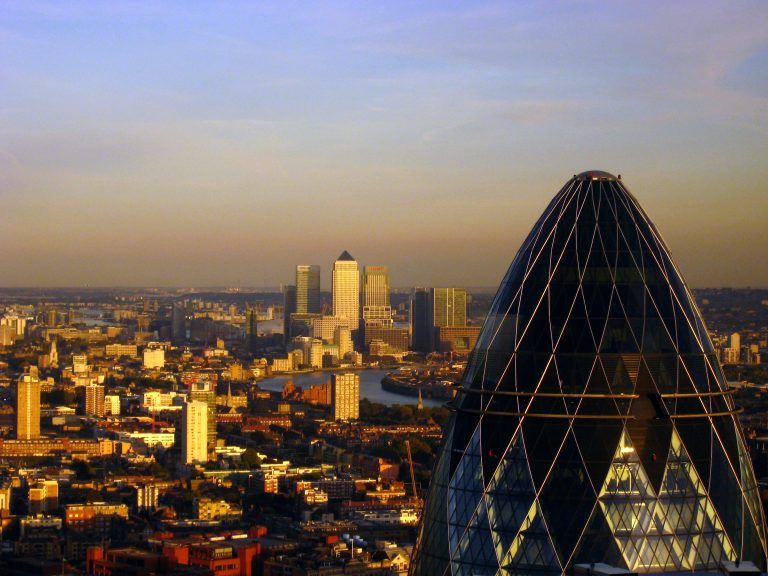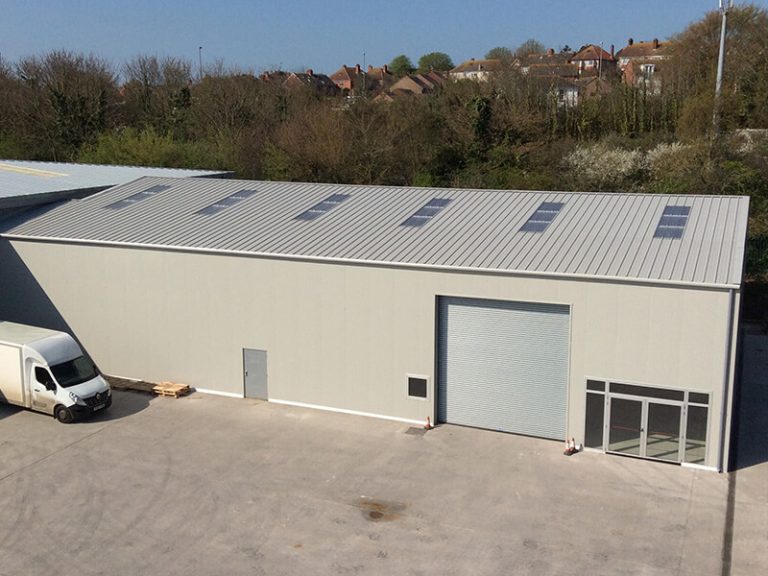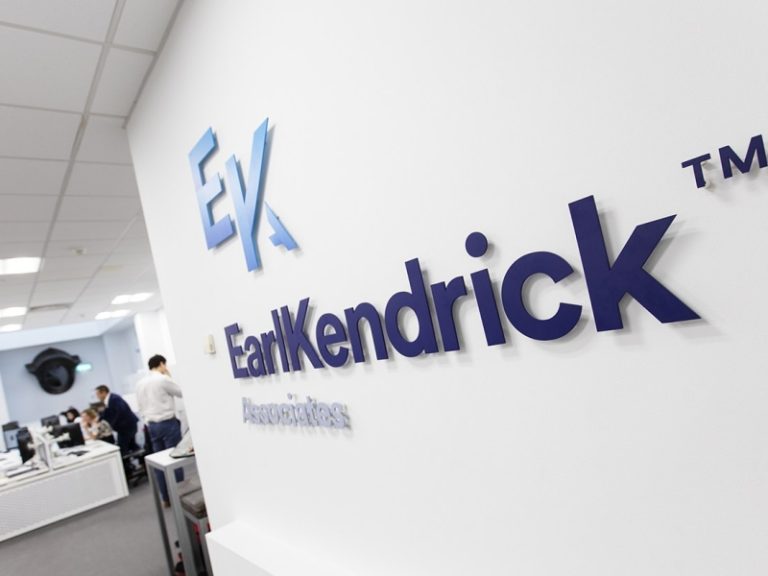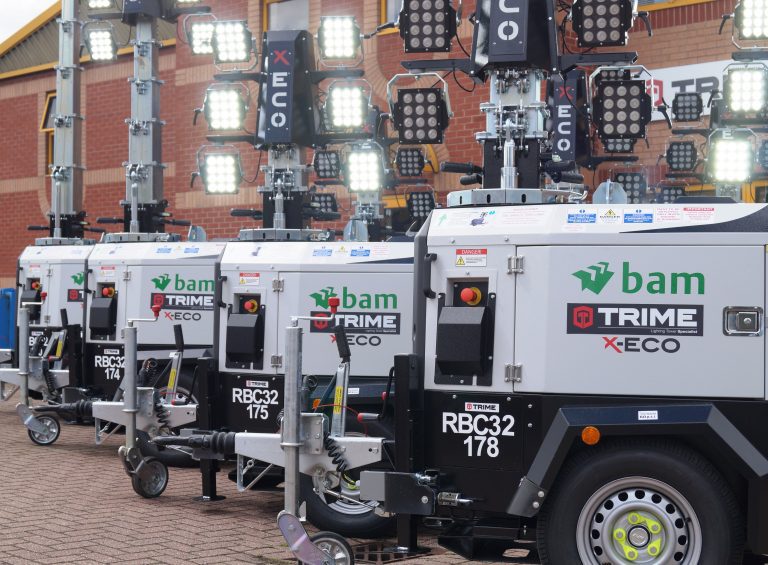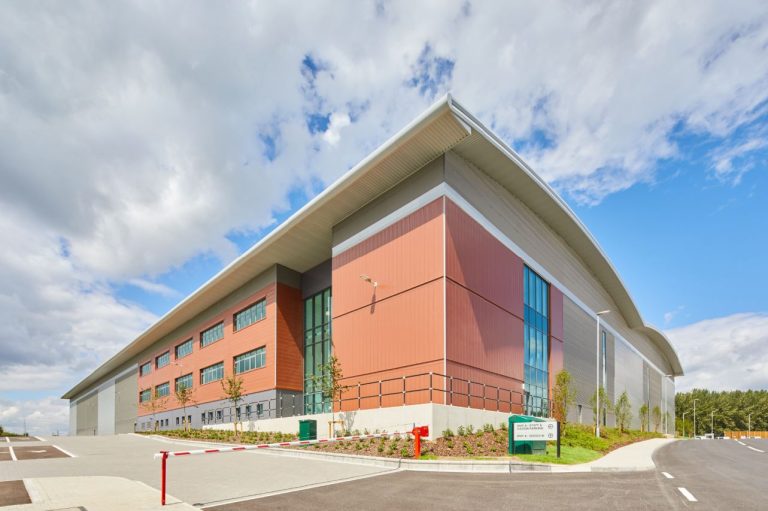Modern temporary structures are far more advanced than they were a few years ago. While older options weren’t so attractive and were often limited to certain use cases, today’s temporary buildings can be used for anything from setting up temporary structures after a disaster to quick business expansions. The demand for temporary buildings is also on a steep rise. If you happen to drive across a commercial area, chances are you will come across one or two temporary buildings being used for different purposes. In fact, they don’t look temporary at all. Beneath the advanced technologies and gorgeous designs, temporary buildings offer five main benefits for business and personal users alike. A Quick Way to Expand The need for more space is often an urgent one to meet, which is why a temporary building is perfect as a solution. The structure can be erected in as little as seven days, even when you have specific requirements and you want a complex temporary building to suit your needs. This benefit makes temporary buildings very suitable for things such as business expansions, storage needs, showrooms, and workshops. Temporary buildings are also perfect for more specific use cases, including extending an existing structure. A Wealth of Options As mentioned before, temporary buildings are designed to be very flexible. You no longer have to stick with a boxy structure made from less durable materials. Modern temporary buildings now use steel, aluminium, and PVC, along with other materials for better flexibility. This means you can have a temporary building designed to perfectly meet your needs. You can add partitions to the interior of the building, add large glass windows for display purposes, and do so much more with the options available today. Extra Durability While temporary structures are designed to be used temporarily, they are extremely durable. You can choose different materials, insulation options, and even finishing touches to ensure it will be a suitable temporary fix. In fact, products from leading players in the business are also easy to maintain. If you want to know more about your options and the kind of durability you can expect from modern temporary buildings, simply visit Smart Space. They provide numerous building options where you can get double glazed window panels, a thermo-insulated roof and heavy structural floors to ensure your building provides a functional temporary solution. Superb Cost Efficiency There is another major benefit offered by temporary buildings, and that is the immense cost efficiency they bring to the table. We’re not just talking about the cost of the materials and design, but also the cost of getting the structure erected in a timely manner. Since temporary buildings are fast to erect, there are no extensive labour costs and other fees to worry about. With the design selected, the entire construction process can be completed without breaking the bank. A Low-Risk Option Since you don’t have to invest a fortune to get a temporary building set up, you also don’t have additional risks to bear. When it is time to move on to a more permanent solution, you can have the temporary building dismantled just as easily. The lack of risk is also a benefit that comes with the nature of temporary buildings themselves. The construction project is handled by a team of experienced specialists, which means accidents and mishaps can be reduced to a minimum. At the same time, the temporary building offers sufficient protection for its occupants once it is erected. With these five benefits waiting to be enjoyed, temporary buildings are becoming the preferred option. Businesses of different sizes now use temporary buildings as a way to quickly meet their need for space. If you have an immediate need for a new structure, don’t forget to consider temporary buildings as practical options.
